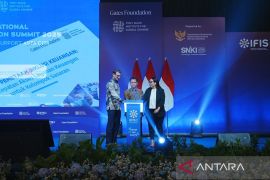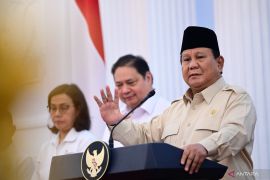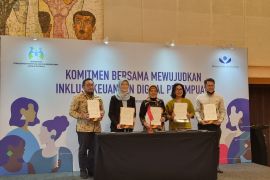The study is the result of a collaboration between the National Council for Financial Inclusion (DNKI) and the Tony Blair Institute.
"This document serves as a basic implementation tool to support the acceleration of financial inclusion and account ownership," deputy for coordination of commerce and digital economy at the Coordinating Ministry for Economic Affairs, Ali Murtopo Simbolon, said.
"This is in line with President Prabowo Subianto's direction," he added.
He made the remarks at the Indonesia International Financial Inclusion Summit (IFIS) 2025 in Jakarta on Tuesday.
He said that the seven segments include women; those in need of social welfare services (particularly people with disabilities and the elderly); students/Islamic boarding school students, students, and youth; and people in the 3T (underdeveloped, frontier, and outermost) regions.
They also include Indonesian migrant workers (PMI), micro and small business actors, and low-income communities (MBR).
By focusing on these seven segments, the government is seeking to ensure that each financial inclusion program is designed appropriately and is in line with the unique conditions, needs, and aspirations of each community group, Simbolon informed.
He said that the government is continuing to prioritize underserved community groups. These groups often face a lack of access to adequate public digital infrastructure and knowledge about financial products that can improve their livelihoods.
This attempt served as the basis for the mapping study to guide the government, especially local governments, which are at the forefront of financial inclusion, he added.
He also stressed the government's commitment to encouraging financial inclusion by meeting the targets set in the 2025–2029 National Medium-Term Development Plan (RPJMN).
The targets comprise providing access to formal financial account ownership to push it to 91 percent in 2025 and 93 percent in 2029, as well as raising the level of financial inclusion to 98 percent by 2045.
Related news: Open bank accounts to support financial inclusion, citizens told
Related news: Govt focuses on developing infrastructure to boost financial inclusion
Translator: Imamatul Silfia, Resinta Sulistiyandari
Editor: Primayanti
Copyright © ANTARA 2025












